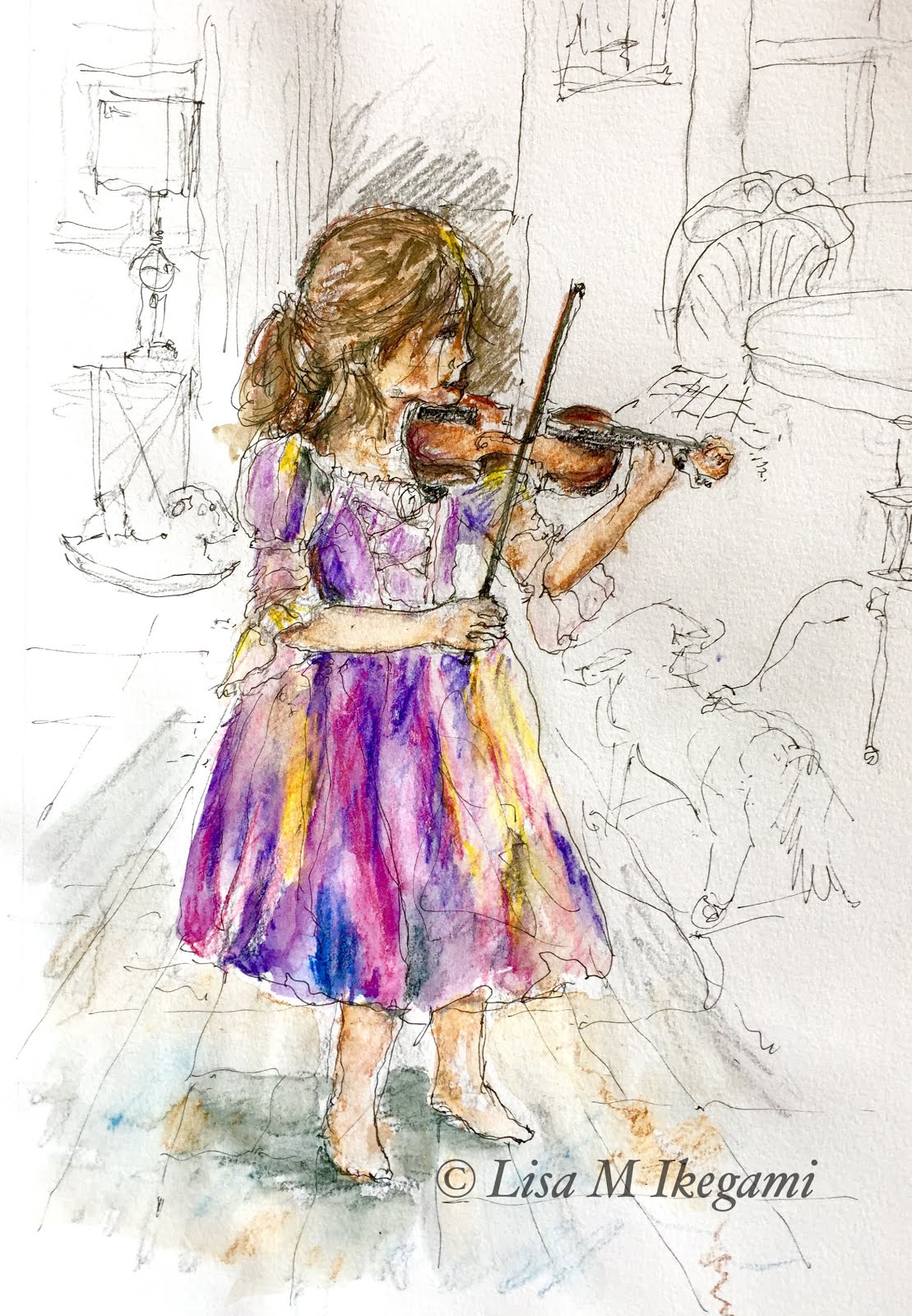Here are some great things to read to start your year off, courtesy of Laurie Niles at Violinist.com:
Commit to practicing every day
Daily practice leads to success - and success leads to satisfaction with your music-making. Practicing every day accomplishes more than practicing long hours infrequently. Playing the violin requires physical strength, coordination, balance and mental concentration. Just as athletes need consistency routines to develop their talents, so do musicians. Daily practice also creates a virtuous circle: the more you practice, the better you play. The better you play, the more you practice! Start with the goal of practicing 21 days in a row, to set the practice habit. Then aim for a longer streak of practice days -- a month, 100 days, a year! The more days you practice in a row, the easier it becomes to keep your daily practice going.
Choose a good violin
You might want to wait until you have a teacher, so that your teacher can help you pick a good violin. Buyer beware: there are a lot of "deals" out there that are not really good deals! A cheap violin can create a lot of headache and frustration. A good violin is like a good computer, it serves the function and allows you to explore more possibilities.
Pay very close attention to physical set-up
Your teacher will show you how to hold you violin and bow -- and doing so correctly turns out to be very important! Playing the violin is an awkward endeavor, so at first it will likely feel strange. A lot of people get hung up on trying to make something awkward feel better; hold off on that. When you develop the relevant muscles and callouses, things will feel better. Setting yourself up with the proper ergonomics for playing will allow your technique to develop in a much more efficient way, and it will allow you to avoid injury. If, say, you hold your bow improperly, you can still play "Twinkle," but you will run into a wall down the line when you need to play "Introduction and Rondo Capriccioso." Both you (and your teacher) should have big goals like that, even as a beginner! So set yourself up for full success.
Master small steps and be patient with your progress
Good violin-playing flows from having a solid foundation that includes a good set-up, accurate technique and a well-developed musical vocabulary. If you skip steps and take shortcuts, you may arrive at a juncture where you aren't able to progress further or your playing simply doesn't sound good. Master each step along the way, and you'll build a strong foundation that will serve you well for a lifetime of making beautiful music.

